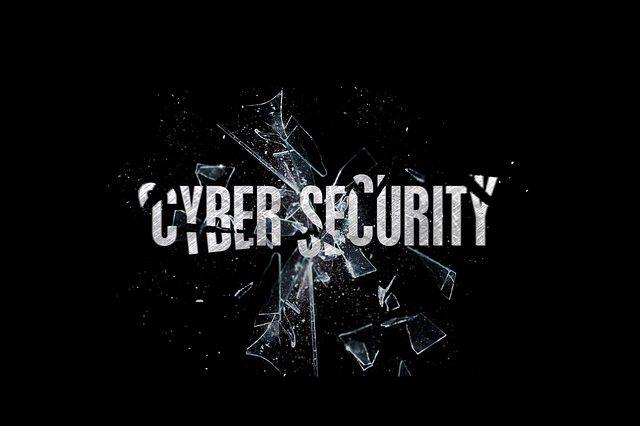In the digital era, school network management goes beyond internet access, focusing on creating a secure online environment. Key aspects include:
1. Comprehensive network visibility to identify and patch vulnerabilities.
2. Strategic access control with robust authentication (e.g., WPA2/WPA3) and encryption.
3. Regular security audits for continuous improvement against evolving cyber threats.
Best practices involve segmenting networks, using guest networks, implementing strict user auth, real-time monitoring, centralized control, regular updates, firewalls, and user-friendly interfaces to ensure a safe and accessible digital learning environment.
In today’s digital age, secure Wi-Fi networks and seamless campus-wide connectivity are vital for educational institutions. This article explores the comprehensive management of school networks, providing a robust foundation for cybersecurity. We delve into implementing stringent security protocols, efficient monitoring tools, and best practices to ensure optimal network performance. Additionally, we discuss strategies to enhance student experiences while maintaining a secure digital environment, highlighting the importance of effective school network management.
Understanding School Network Management: The Foundation of Secure Wi-Fi
In the digital age, school network management is more than just ensuring internet connectivity; it’s about fostering a secure and robust online environment for students and staff. The foundation of any strong Wi-Fi security system lies in effective network management, which involves several key aspects. Firstly, it requires comprehensive visibility across the entire network to identify potential vulnerabilities and ensure devices are up to date with the latest security patches.
Secondly, it demands a strategic approach to access control, enabling administrators to manage who can connect and use the school’s Wi-Fi resources. This includes implementing robust authentication methods and encryption protocols to protect sensitive data and prevent unauthorised access. Effective school network management also facilitates regular security audits, allowing for continuous improvement and adaptation to evolving cyber threats.
Implementing Strong Security Protocols for Campus-Wide Connectivity
Implementing robust security protocols is paramount for ensuring the integrity and safety of a campus-wide Wi-Fi network. Schools, with their extensive connectivity needs, must adopt multi-layered defense mechanisms to protect against evolving cyber threats. Strong encryption standards like WPA2 or WPA3 should be mandatory for all access points, accompanied by regular updates to patch vulnerabilities. Additionally, implementing network segmentation divides the network into smaller subnetworks, limiting the potential impact of a breach.
Effective school network management includes enabling guest networks for visitors, isolating them from the main network to prevent unauthorized access. Automated security policies that enforce strict user authentication methods, such as multi-factor authentication (MFA), further strengthen the network’s defenses. Regular security audits and penetration testing are essential tools to identify weaknesses and ensure continuous improvement in campus network security.
Efficient Network Monitoring and Maintenance: Tools & Best Practices
Efficient network monitoring is a cornerstone of maintaining secure Wi-Fi networks in educational institutions. School network management requires robust tools that can provide real-time insights into network performance and potential vulnerabilities. Advanced analytics and reporting features ensure administrators can proactively address issues before they disrupt campus connectivity.
Best practices involve implementing centralized control panels, which offer a unified interface to manage multiple access points and monitor bandwidth usage. Regular security audits and patch management are essential to keeping the network fortified against emerging threats. Automated tools for fault detection and recovery help maintain seamless connectivity, ensuring that students and faculty can access the internet without interruptions.
Enhancing Student Experience: Balancing Security and Accessibility
In today’s digital era, a robust and secure Wi-Fi network is not just an amenity but a cornerstone of a modern educational institution. Enhancing student experience through seamless campus-wide connectivity is paramount. However, achieving this balance between security and accessibility requires meticulous school network management. Every step taken to fortify the network against potential threats should be accompanied by efforts to ensure students have unrestricted access to the resources they need for learning and research.
Effective school network management involves a delicate dance between protecting sensitive data and facilitating open exploration. This includes implementing robust firewalls, regular security updates, and encryption protocols while also providing intuitive, user-friendly interfaces that simplify the connectivity process. Such an approach not only safeguards students from cyber threats but also empowers them to leverage digital tools effectively, fostering both academic growth and digital literacy.
In conclusion, implementing robust school network management is key to establishing secure Wi-Fi networks and campus-wide connectivity. By understanding the foundational aspects of network management, adopting strong security protocols, utilizing efficient monitoring tools, and balancing security with accessibility, educational institutions can provide a safe and productive digital environment for students. These strategies ensure that learning spaces are future-ready, empowering educators and students alike to leverage technology effectively.
